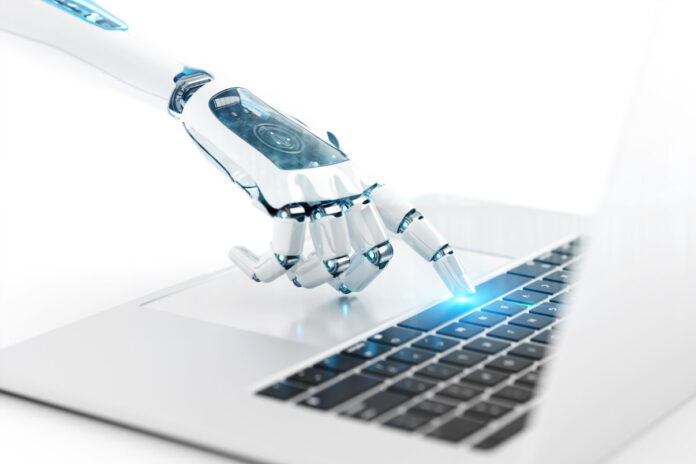In 2025, AI is expected to take over 95% of customer service interactions, according to a projection by Servion Global Solutions. One of the reasons for this shift is the efficiency gain automation brings to agents, who can save at least two hours per day and increase productivity by 14%, according to the study “The State of AI” by HubSpot.
Just like a human operator, the chatbot receives customer information, “reasons” to find the best solution, and provides a response to the consumer. The difference is that the technology reduces reading time by 75% and response time by 40%, according to data from NeoAssist, a leading omnichannel customer service platform and one of the first Brazilian companies to envision a complete omnichannel conversation journey.
The competitive edge for companies using AI in customer service lies in ensuring collaborative responsibility between Artificial Intelligence and human operators. ‘AI adds speed and efficiency, along with insights that can be used in corporate strategy. Meanwhile, agents handle interactions and resolve more complex issues, as well as providing the human touch essential for building customer trust,’ explains William Dantas, Data Director at NeoAssist.
Serving major brands like Malwee and Usaflex, winners of the Reclame Aqui 2024 Award, the company developed Núb.ia, its multifunctional AI. It summarizes conversations, suggests responses based on interactions between the customer and the agent, and even analyzes customer sentiment. To perform this analysis in real-time, Núb.ia studies tone of voice, rhythm, intonation, word choice, and even pauses in speech to understand the customer’s emotional state and assist the operator.
“Núb.ia was designed by Brazilians to solve Brazilian problems. The solution has already helped CX teams reduce resolution time by up to 47%, which is a major advancement in the national market,” reveals Dantas from NeoAssist. The expert notes that, just as it’s important to train people, it’s equally necessary to ‘train’ artificial intelligence considering social, cultural, and linguistic contexts to ensure more appropriate responses for each customer, whether by voice or text messages.
Thus, the advantage of AI-based systems is that with each new interaction, they can learn, adapt, and progressively evolve, ensuring ‘human-like service’ without direct contact with real people. This is the result of Natural Language Processing (NLP), Natural Language Understanding (NLU), and Natural Language Generation (NLG)—technologies that enable human-like interactions.
Another notable advancement of AI in customer service is predictive analytics based on data, behavioral patterns, and feedback, which allows companies to anticipate problems and find solutions before the demand even arises. The result is proactive, personalized, and highly effective service, capable of classifying and transferring cases requiring extra assistance based on the urgency of the contact.


